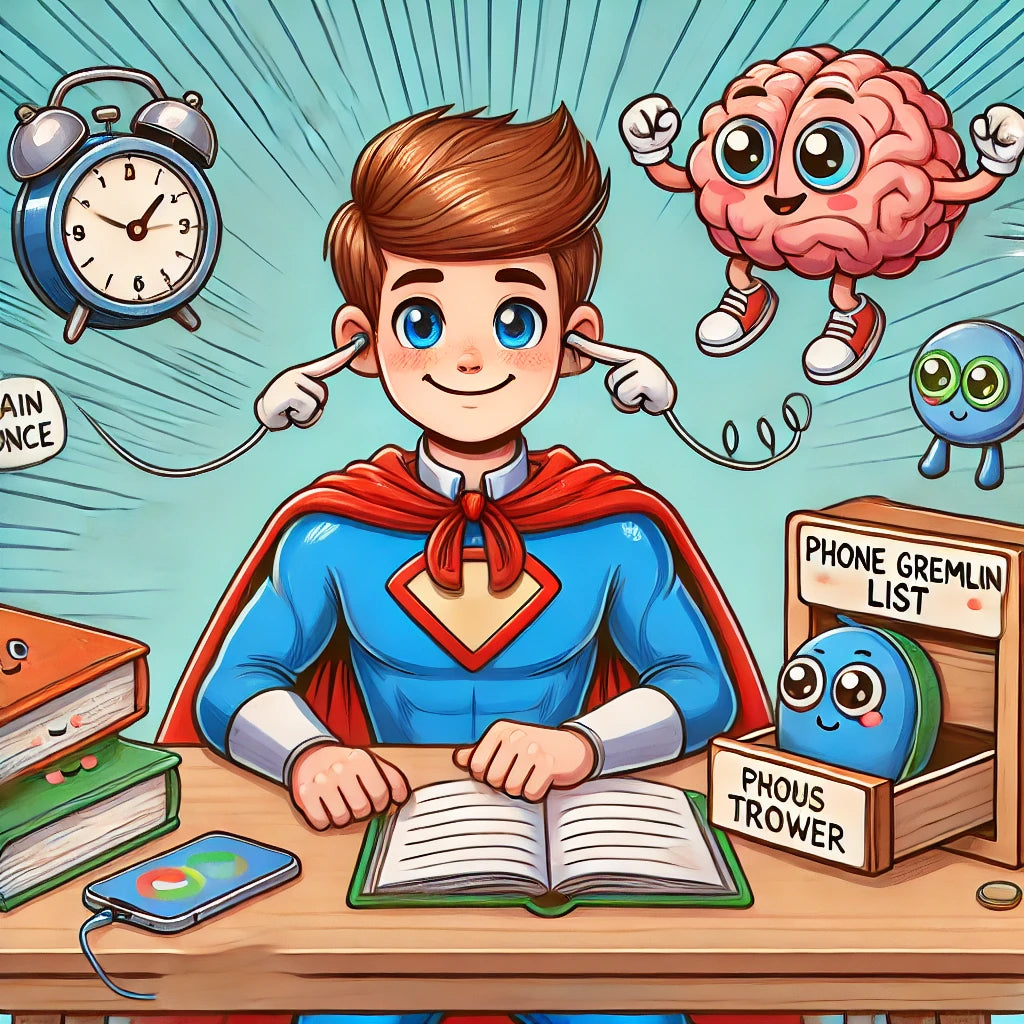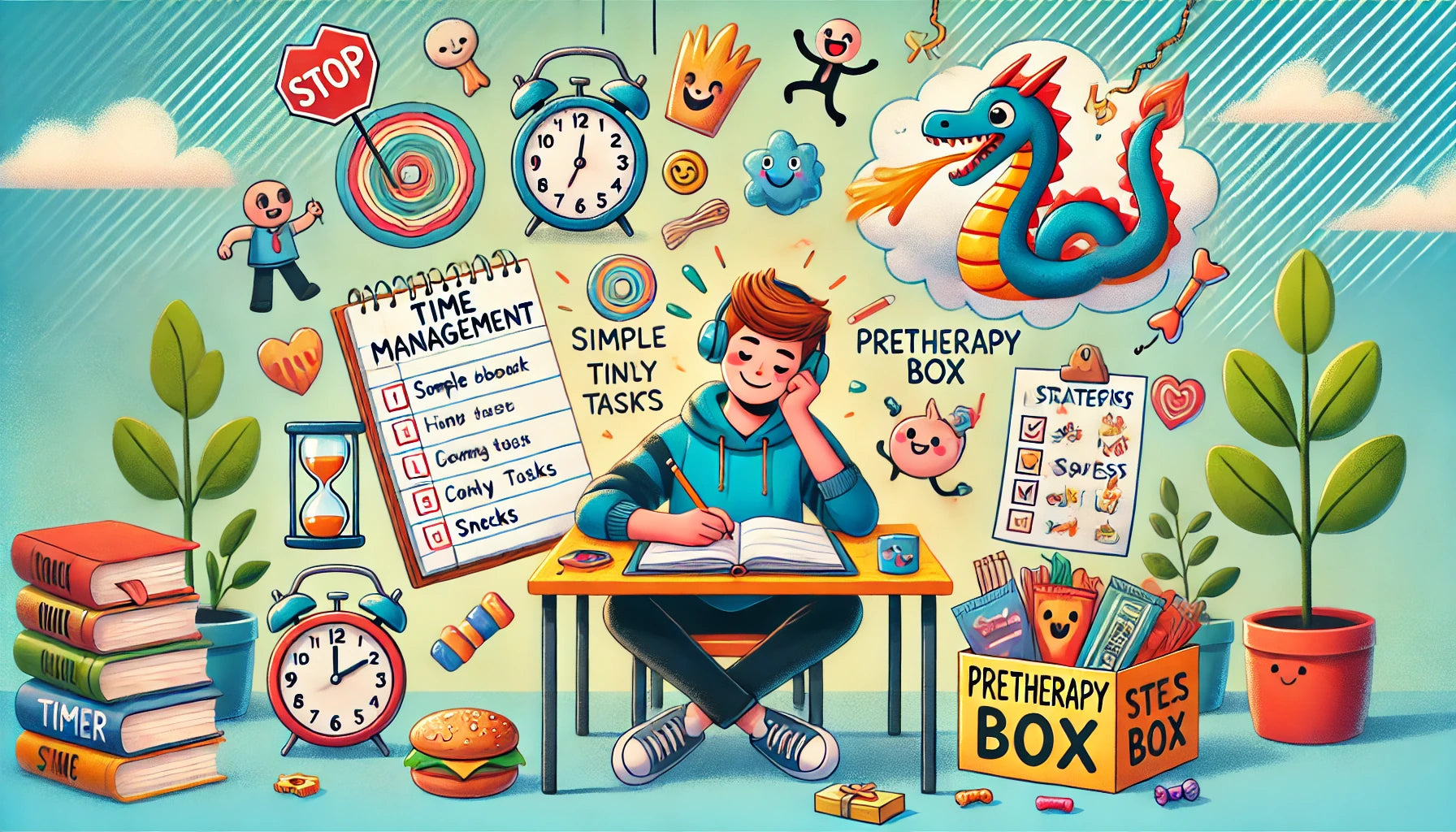Workshop Overview
Middle school and junior high can be some of the most challenging years for students, as they face academic pressures, social changes, and personal growth all at once. Helping students develop emotional intelligence (EI) is key to ensuring they not only succeed academically but also build a strong foundation for mental and emotional well-being. As educators and counselors, we can play an active role in fostering emotional resilience by integrating emotional intelligence education into daily activities.
This workshop will guide school counselors, teachers, and parents on how to help students identify their stress triggers and develop effective coping mechanisms. By understanding the role of emotions in their daily lives, students can learn how to manage stress, enhance emotional regulation, and improve decision-making.
Objectives
-
Increase Awareness of Emotional Intelligence
Define emotional intelligence and explore why it's essential for students, especially during the formative middle school years. Understanding one's emotions, as well as the emotions of others, helps students build empathy, manage relationships, and respond effectively to challenges. -
Identify Stress Triggers
Teach students to recognize the common stress triggers they face in school, such as academic expectations, peer relationships, family dynamics, and extracurricular demands. Identifying these triggers is the first step in managing stress effectively. -
Introduce Coping Skills
Provide students with practical, age-appropriate tools for managing stress and anxiety. These skills will include:- Mindfulness techniques: Help students stay grounded and focused.
- Breathing exercises: Simple, calming breathing techniques that students can practice anywhere.
- Positive self-talk: Encourage positive affirmations to build self-esteem and reduce negative thinking.
- Time management tips: Teach students how to prioritize tasks to reduce academic stress.
-
Create a Safe and Supportive Environment
Foster a classroom environment where students feel safe to express their emotions and share their challenges. This can be achieved by modeling empathetic listening, encouraging peer support, and offering one-on-one check-ins when needed.
Workshop Activities
Activity 1: Stress Trigger Mapping
In this interactive session, students will work in small groups to map out different sources of stress in their lives. They will discuss how these stressors impact their emotions and behaviors. Teachers and counselors can guide the discussion and provide insight into how emotional intelligence helps students process these feelings.
Activity 2: Breathing and Grounding Techniques
Students will practice simple breathing exercises and grounding techniques that they can use during stressful situations. This activity will teach them how to reset and regain control in moments of anxiety or overwhelm.
Activity 3: Coping Skills Toolkit
Each student will create their own "Coping Skills Toolkit," a personal set of strategies they can turn to when feeling stressed. This toolkit can include written affirmations, mindfulness exercises, and step-by-step guides for managing stress triggers.
Integrating the Pretherapy Box: "Prepare Before You Need to Repair"
The Pretherapy Box is an excellent tool to further support students who may need additional help managing their emotions but are not yet in formal therapy. Especially beneficial for students with ADHD, the Pretherapy Box helps teach self-regulation techniques and coping strategies in a hands-on, accessible way.
By incorporating the Pretherapy Box into this emotional intelligence program, students can engage in DIY therapy guidance that prepares them for managing challenges before they escalate. The box provides resources for identifying emotions, recognizing triggers, and building resilience—much like a self-help kit for mental health. Students learn to "prepare before they need to repair," cultivating skills that help them manage struggles independently before they need more intensive interventions.
Conclusion
Integrating emotional intelligence education into daily activities equips students with the tools they need to navigate the challenges of middle school. By learning how to identify stress triggers and develop effective coping skills, students will not only improve their emotional well-being but also enhance their overall academic and social success. Programs like the Pretherapy Box give students proactive ways to manage their mental health, offering support before they feel overwhelmed.
As educators and counselors, it's our responsibility to prepare students for the emotional challenges they face and ensure they have the tools to thrive, emotionally and academically. Let’s work together to empower them by building resilience, one day at a time.





Leave a comment
This site is protected by hCaptcha and the hCaptcha Privacy Policy and Terms of Service apply.